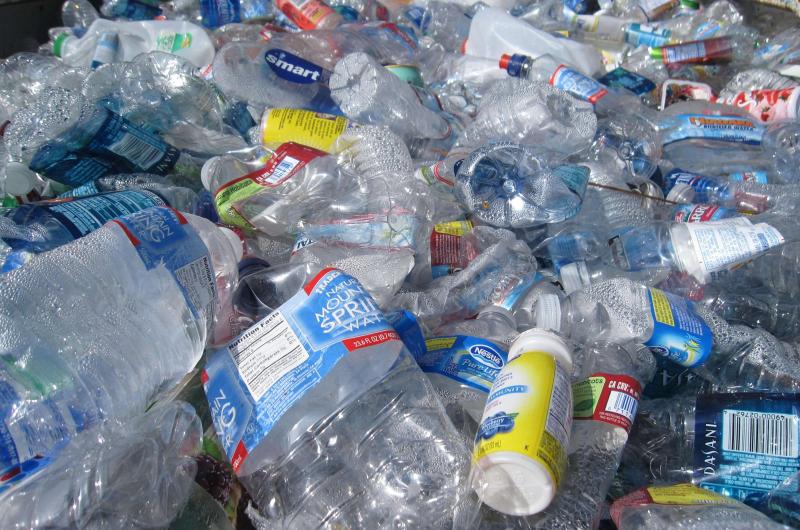The Mighty Worker: 3 Ways to Save Bees from Extinction
A world without bees would not be as sweet. Honey, wax, propolis, royal jelly, pollen, and even bee venom would not exist in the place we call home. Today, on World Bee Day, we celebrate and honor the tiny, but mighty workers who help to improve our environment and acknowledge how important it is to ensure they stay alive.









